You see them all over Oxford. A Victorian invention, standing solidly on the city’s pavements and street corners, or sunk into ancient walls, elegant in design, cheerily welcoming in their colourful coats. Every time there’s a new monarch there’s a new edition, though we are yet to see the King Charles III iteration. But of the original iconic red post box there’s only thirteen left in the city. And it’s these that I set out to photograph over the summer, only recently finishing the pilgrimage, ticking them off from the list supplied by the Oxford History website.
It’s 170 years exactly since post boxes were introduced to the country in 1853. They were the brainchild of the novelist Anthony Trollope, after seeing something similar in Europe. Working for the Post Office in the Channel Islands, he gave them a trial run in Jersey and Guernsey before introducing the cast iron collecting points to the mainland. They were much needed. Before that you’d have either to take your notes personally to the Post Office which could be miles away, or wait for the Bellman, a uniformed member of staff and letter carrier who would wander the streets ringing his bell, to alert you to his presence. But when the Penny Post arrived in 1840, it made corresponding much cheaper and easier, the sender paying the penny fee, not the recipient. That and the growth in demand for postal services as a result of urbanisation and industrialisation meant more convenient receptacles were needed to contain the flood of items.
At first there was no uniform design. Some were square, some hexagonal, some even fluted. The slots for letters known as postal apertures went from horizontal to vertical to horizontal again. Painted green, ‘to blend in’, it was soon apparent they needed to be visible and recognisably the same wherever you were. By 1879 they were round, and painted in the red with a black base signature style we know and love today. All were emptied incredibly a dozen times a day, starting at 4.30.m, the last collection at 10 o’clock at night.
According to Jackson’s Oxford Journal, the first pillar boxes to arrive here were in 1858, and positioned opposite the Angel Hotel by the Queens College on the High Street, and by the Church of St Mary Magdalen at the south end of St Giles. Both are long gone. By 1900 there were 33 in the city, some the cheaper wall mounted models, as well as another six in the surrounding villages (Cowley, Iffley and Wolvercote were called villages in those days.) All were embossed with the identifiable cipher, the interwoven letters VR, Victoria Regina, Queen Victoria.
It is these that I am interested in – the Victorian baker’s dozen that still exist. They are really wonderful things, for whose continuing existence we must be grateful what with email and smart phones. They deserve to be looked after, and though some sport knitted hats and new coats of paint, others look grimy and graffiti ridden, and a little lonely even as their colour demands our attention. For if only they could speak. What stories they’d have to tell; what drama they have observed; what missives they have had custody of, if only for a short while. They’ve been standing a lot longer than us after all.
My own local postbox is not an original. And although it could do with a lick of paint, it still stands strong, dignified and upright with its embossed Elizabeth II cipher, looking out over the wide tree lined street that is St Giles under the shadow of Pusey House Chapel. What a position. We are still frequent visitors from our house – for messages of birth, marriage and death, for thank you cards and apologies. And at this time of year it really comes into its own. For it’s now that I don my coat and head round the corner with a bundle of Christmas cards. I was delighted to discover that the Christmas card is 180 years old this week, so older than the box that receives them. But that’s another story.
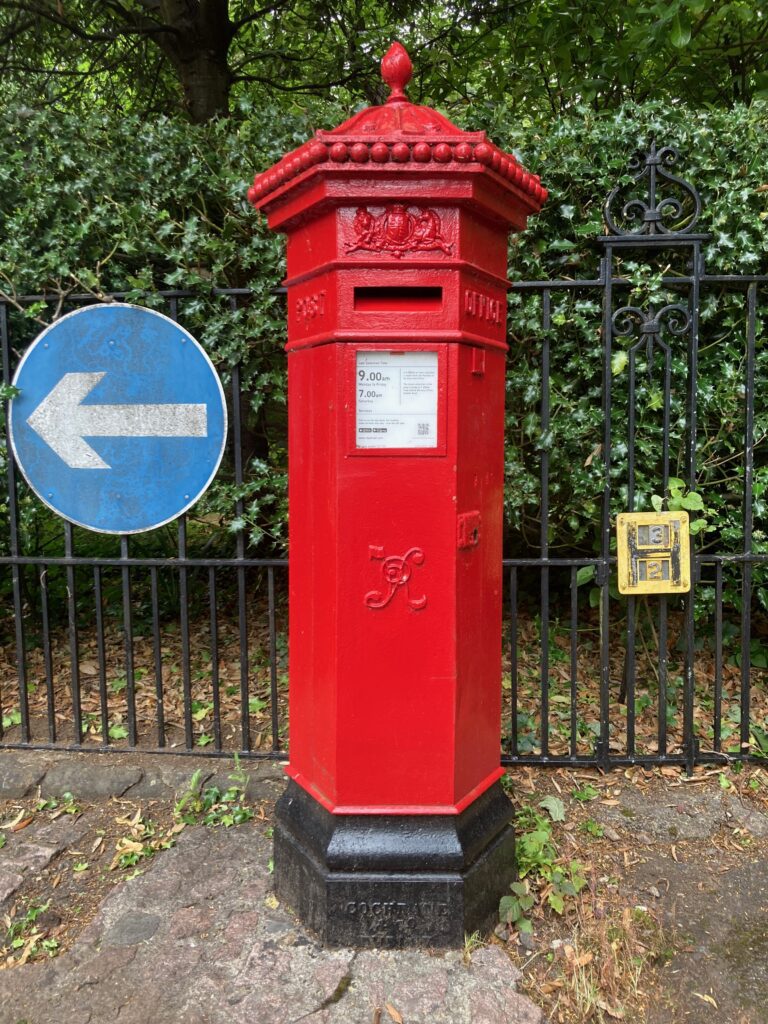
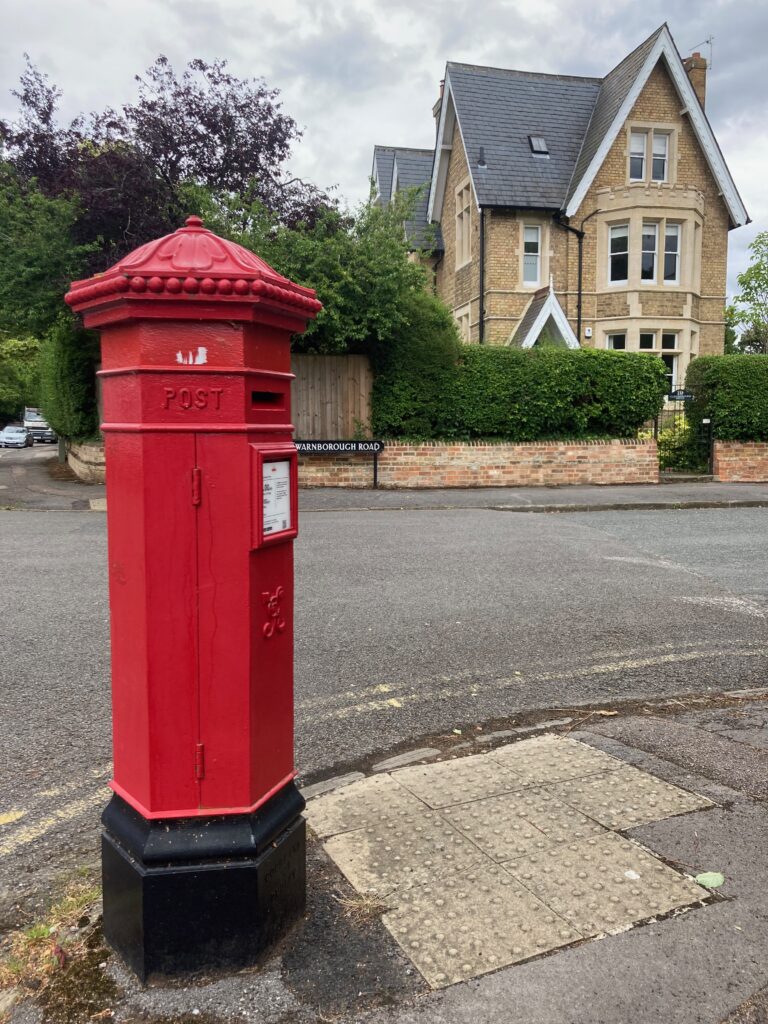
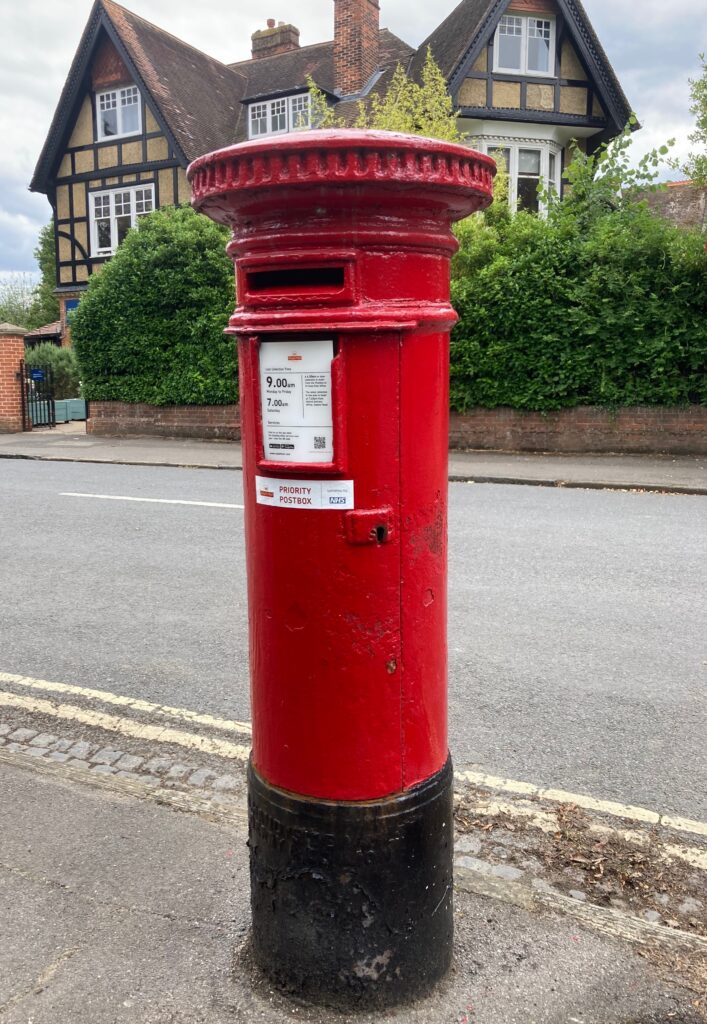
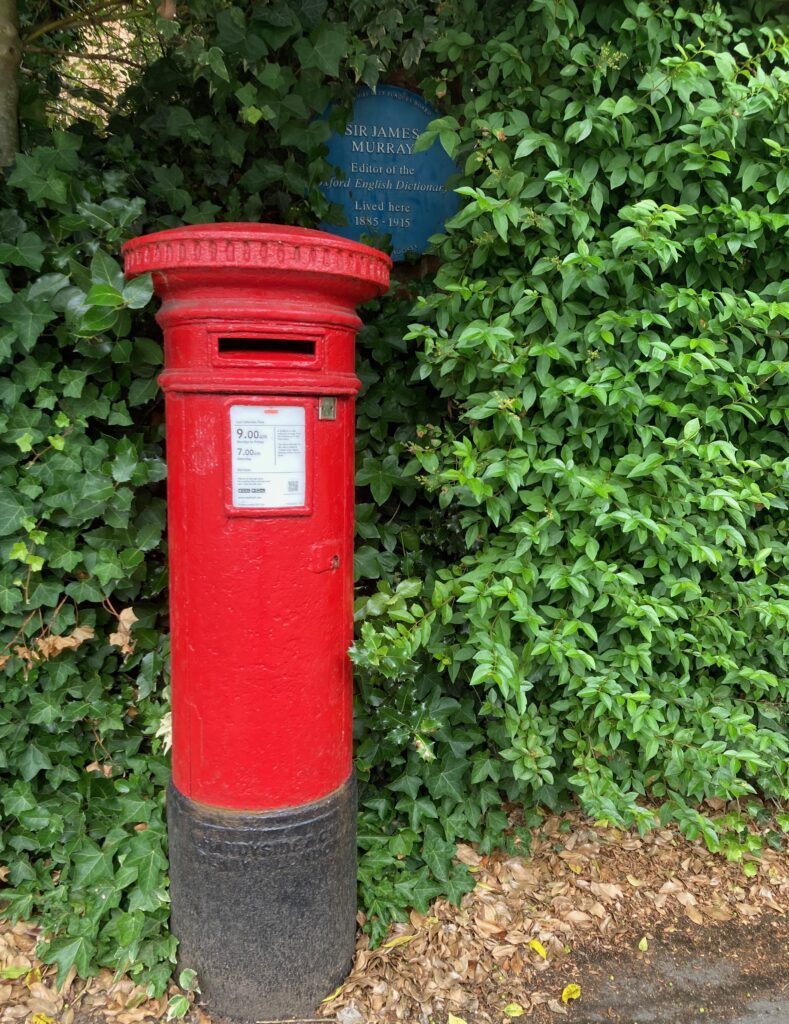
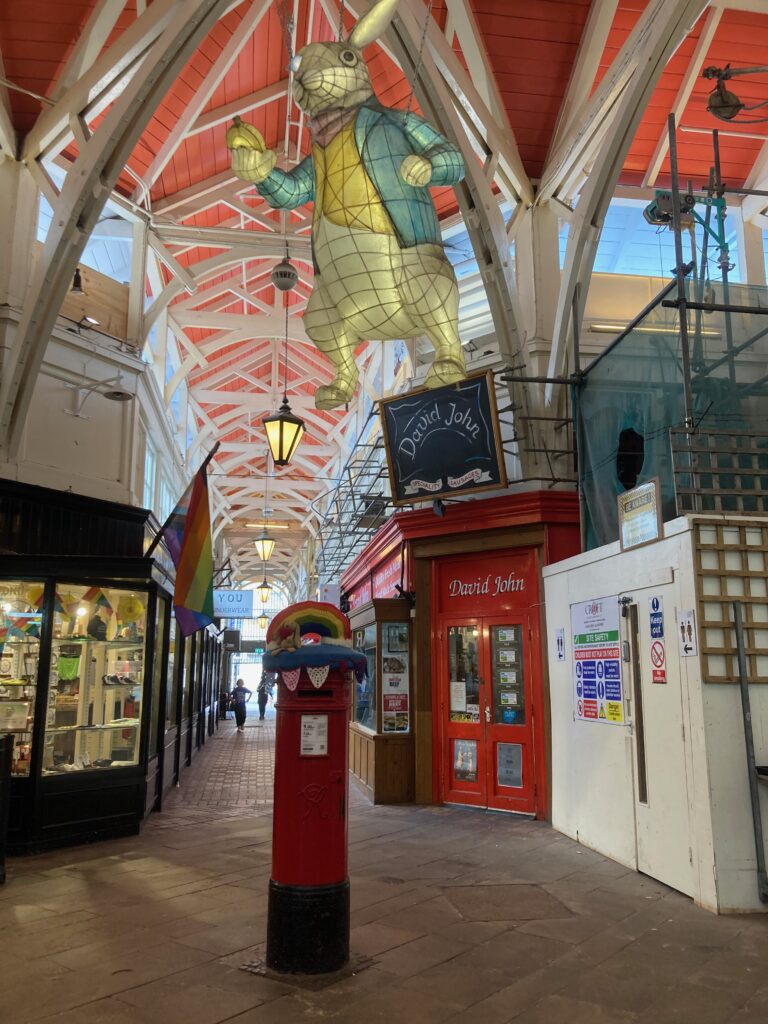
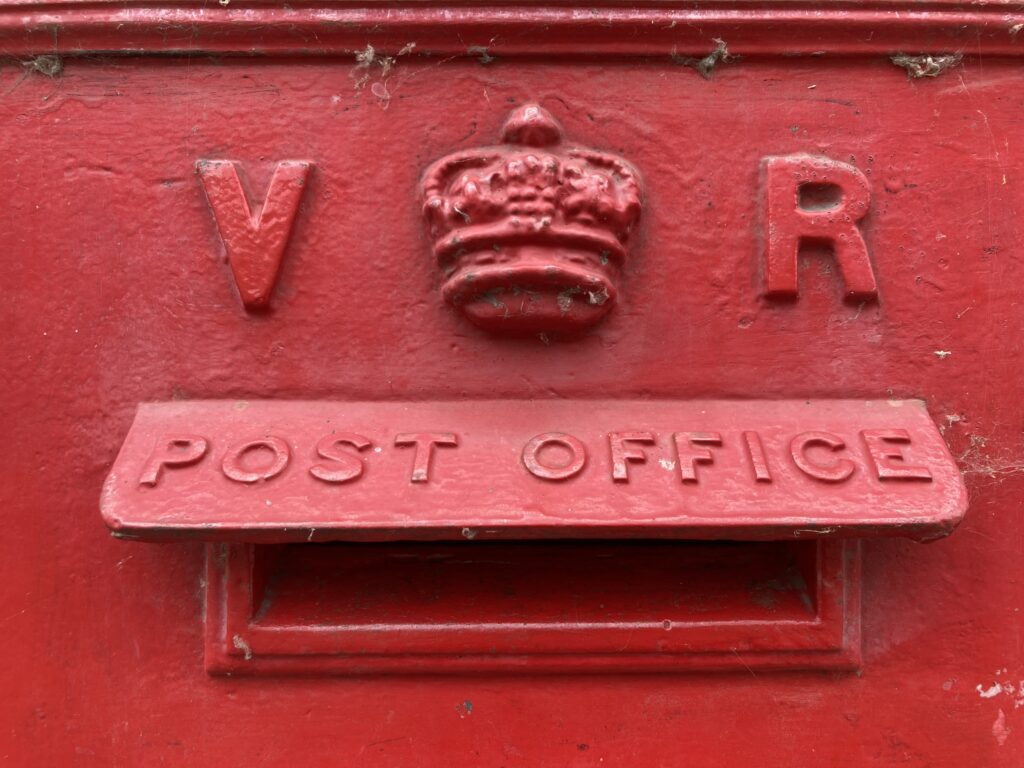
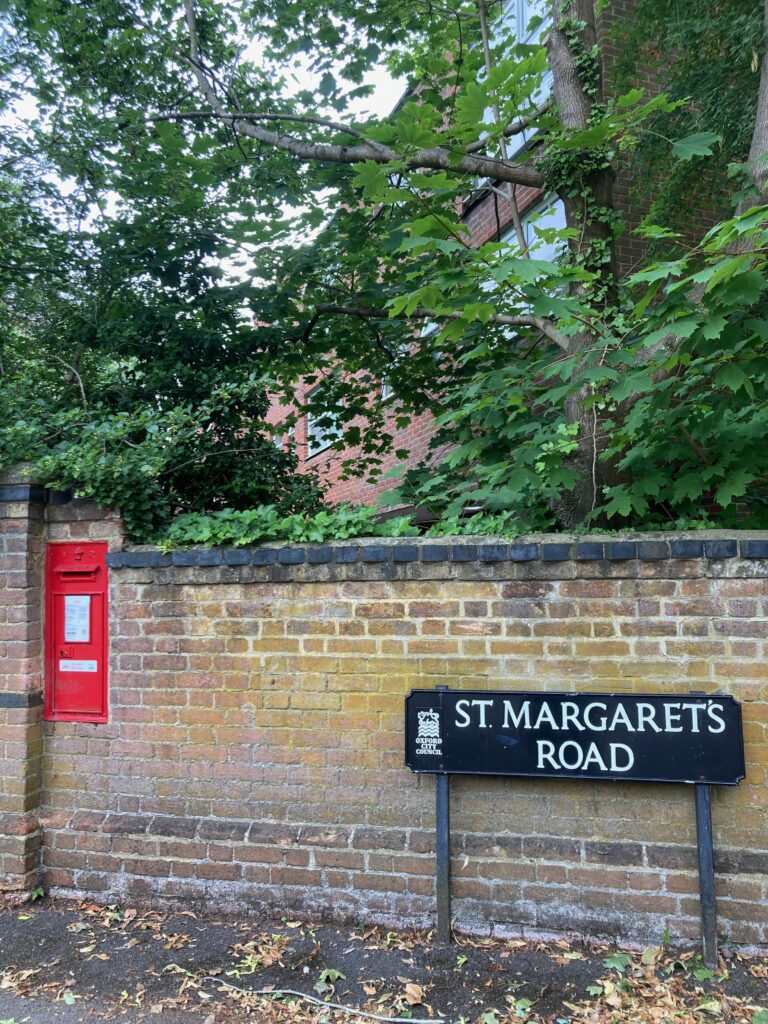
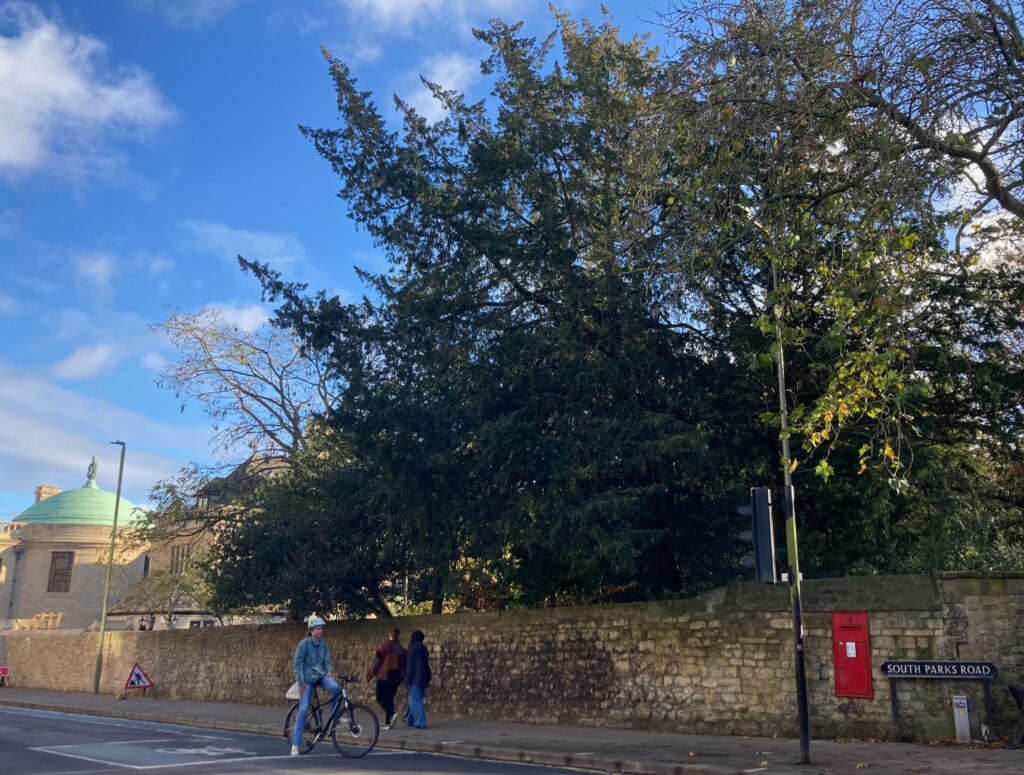
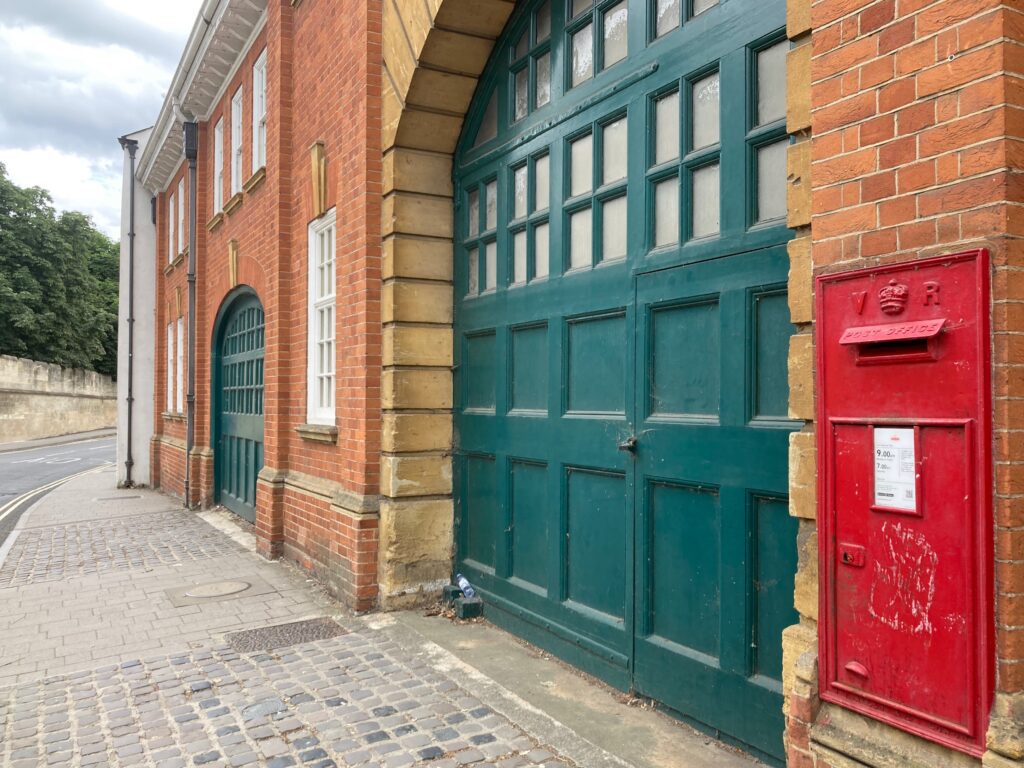
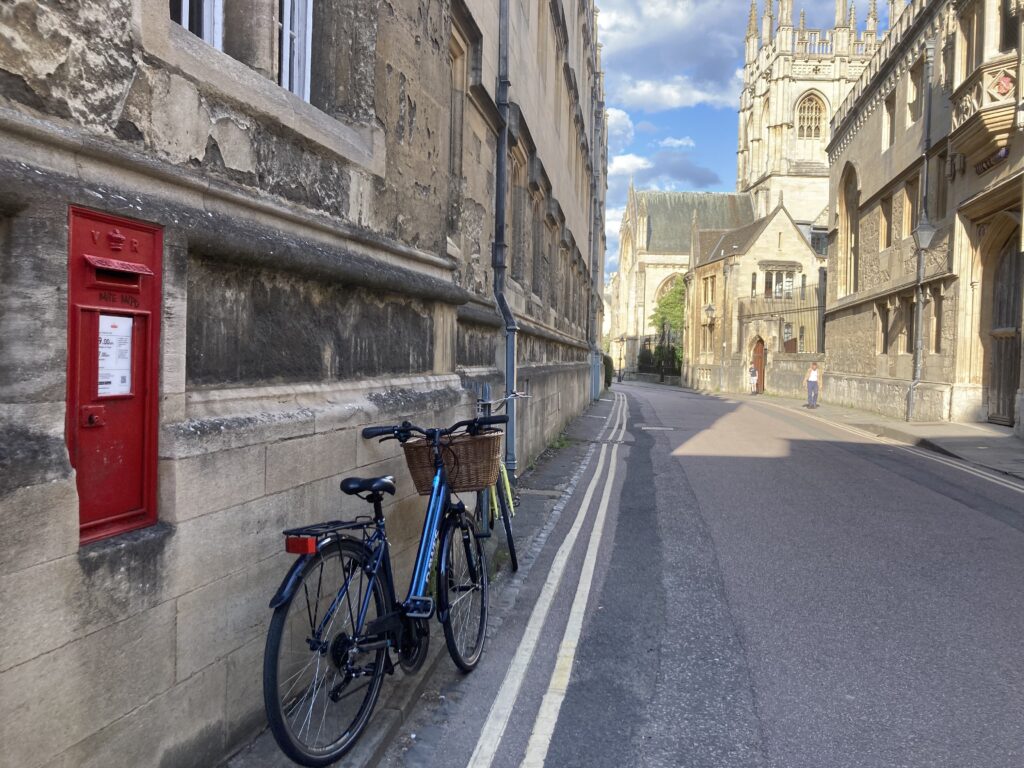
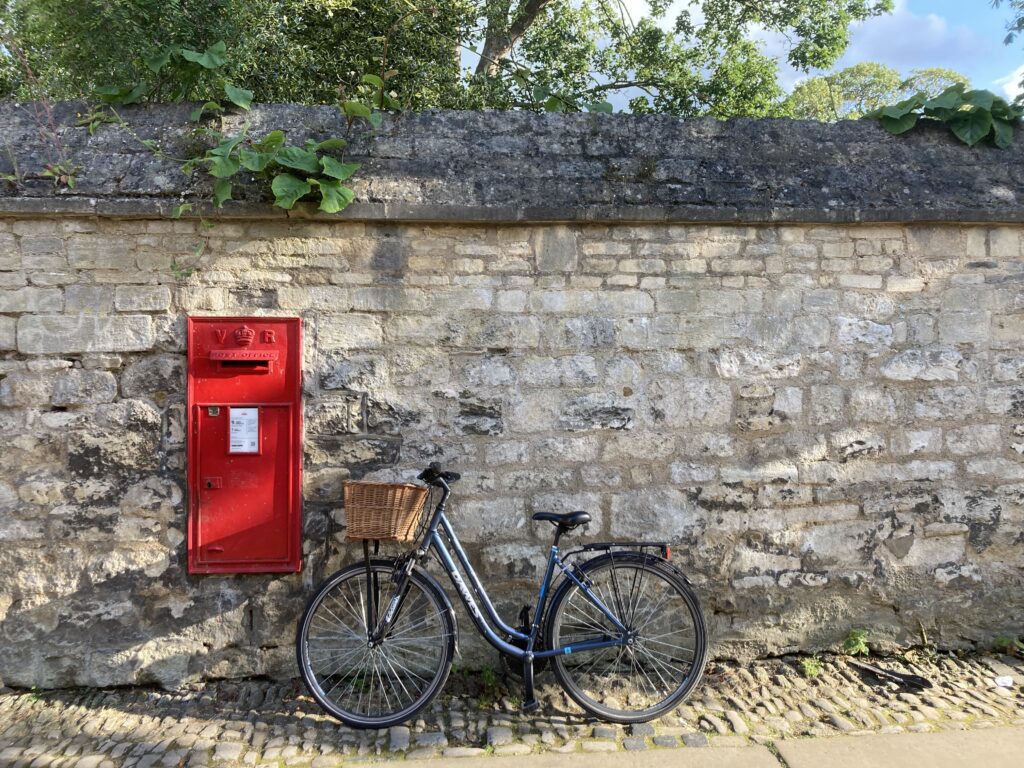
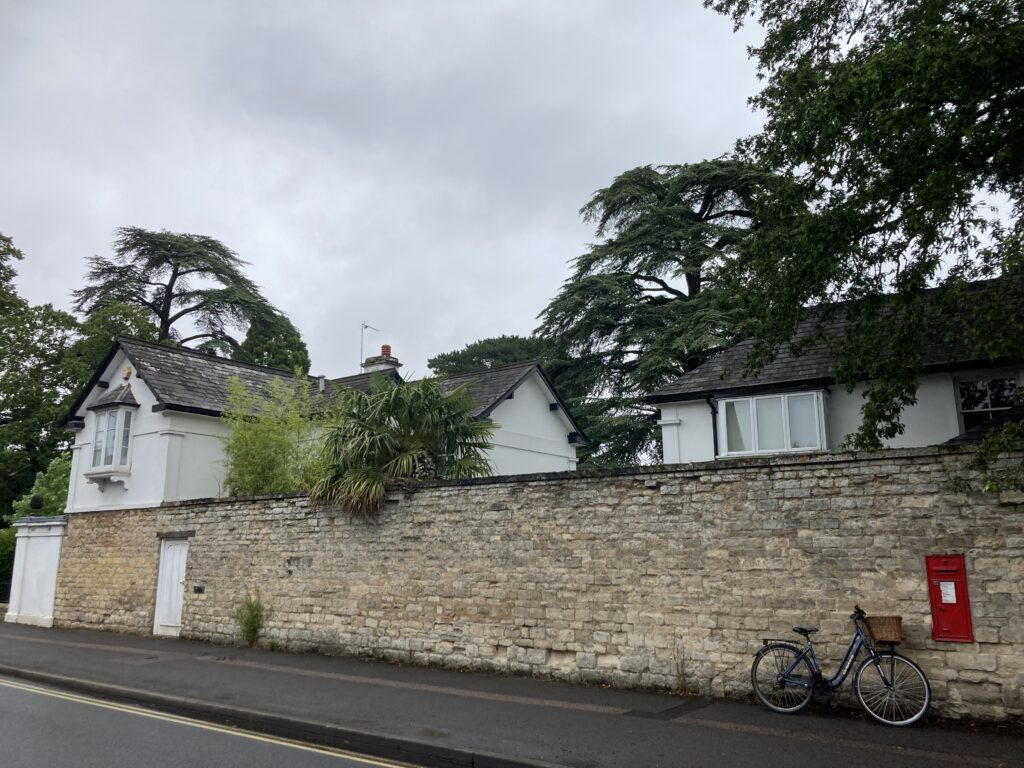
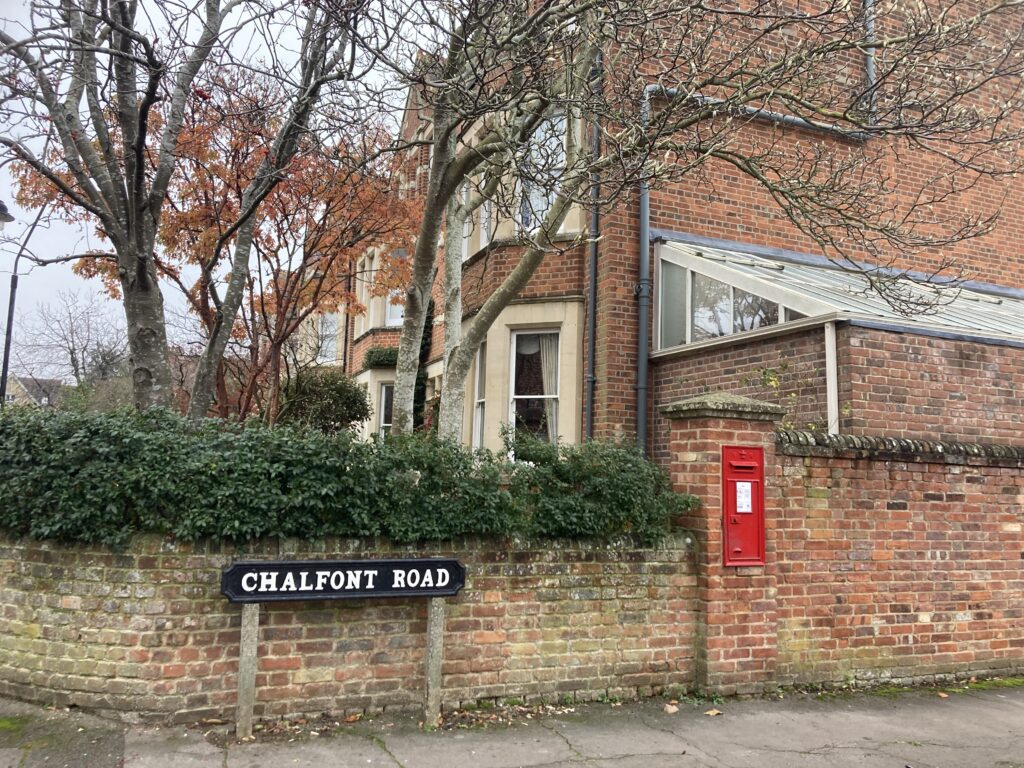
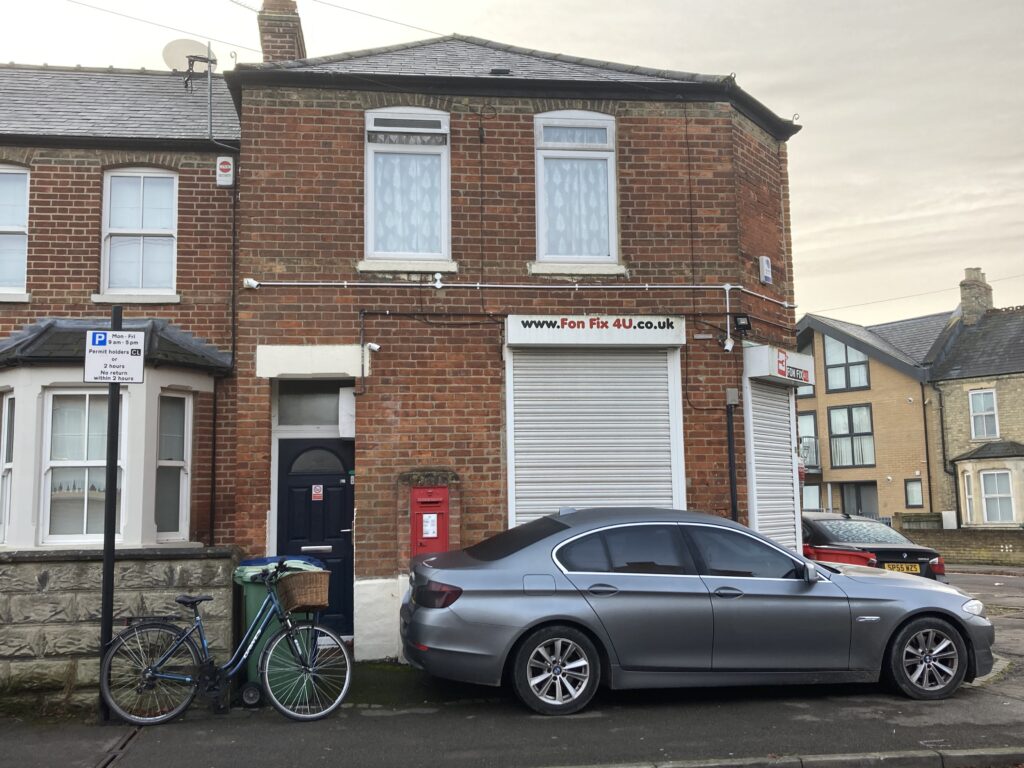
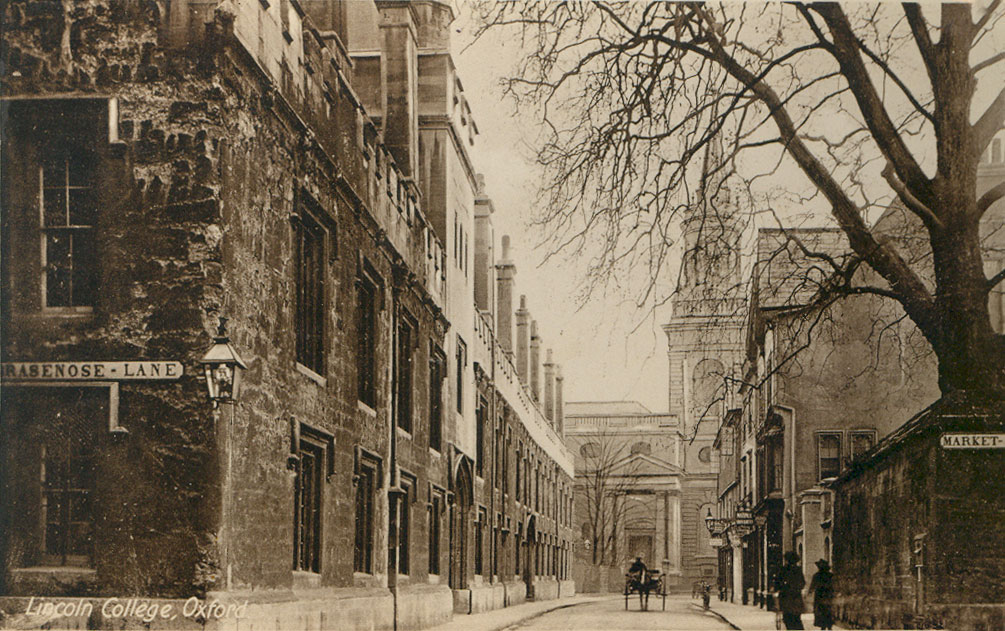
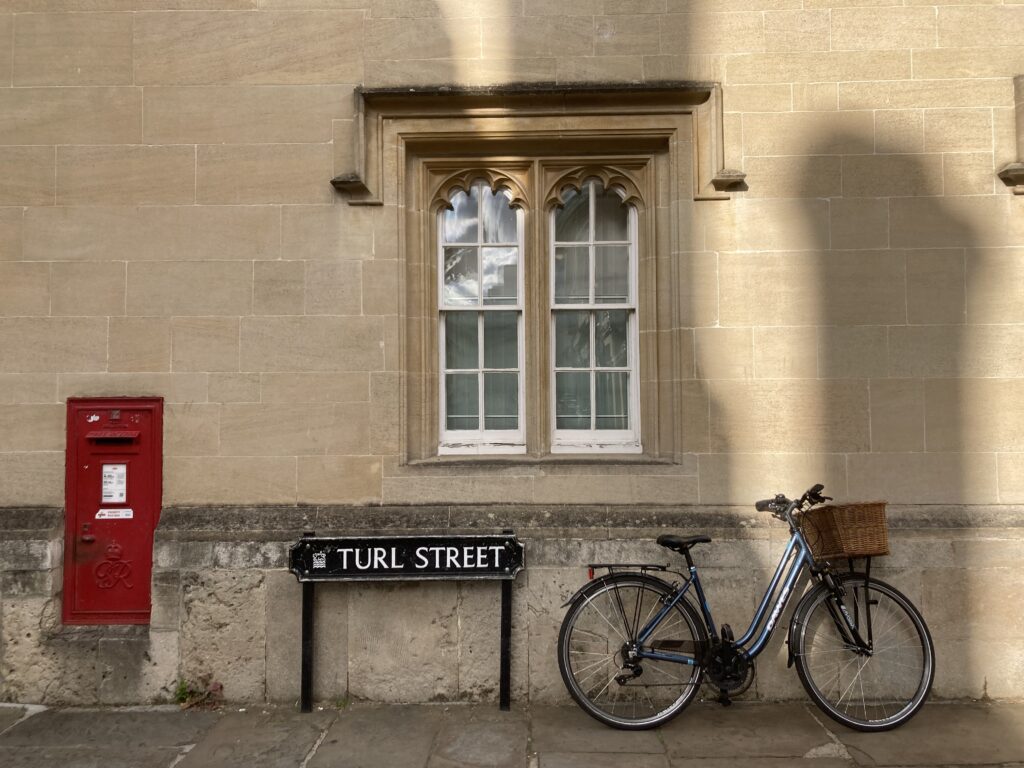
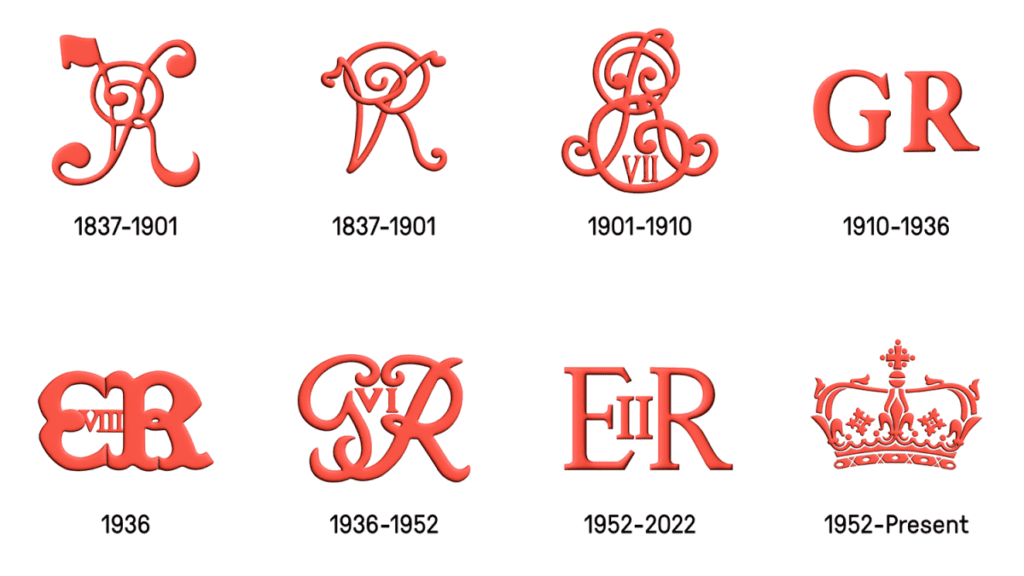
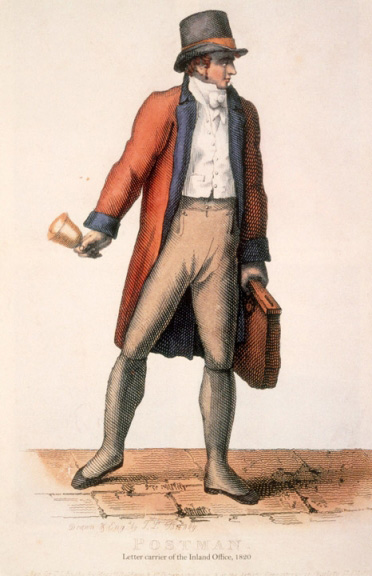
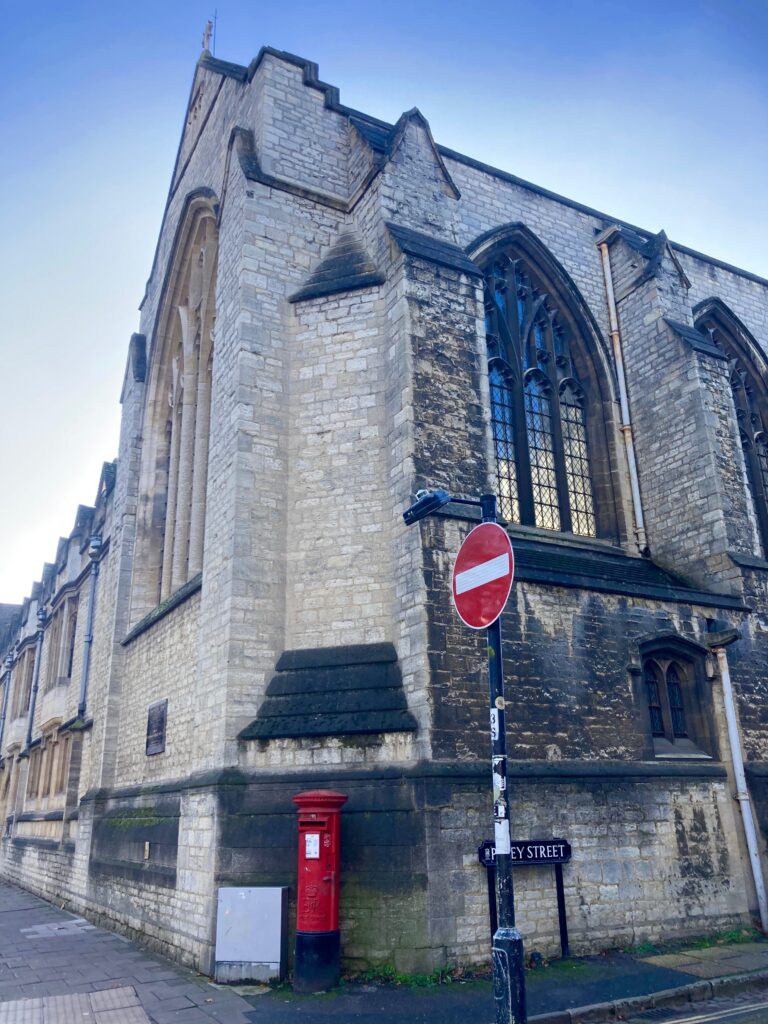
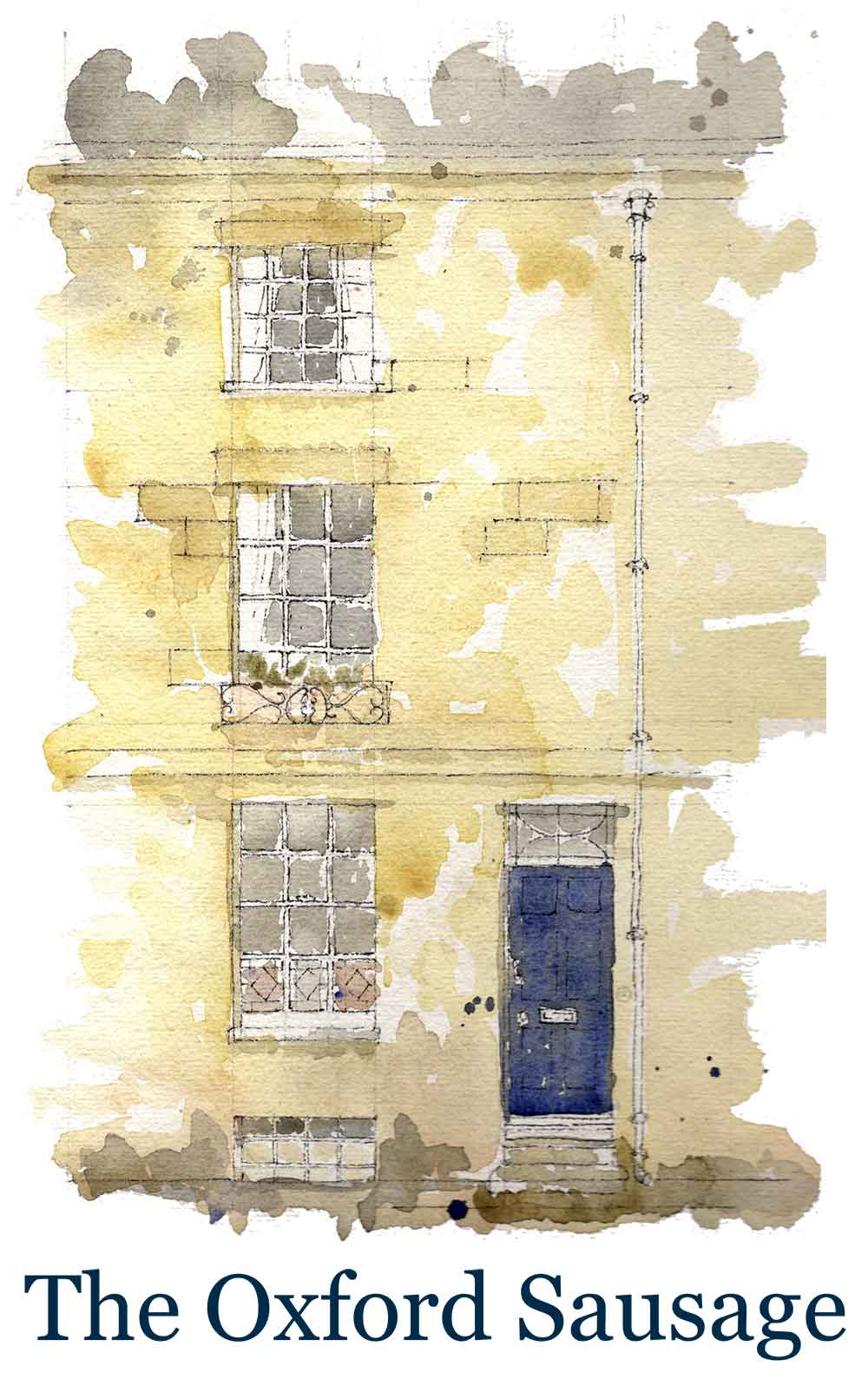
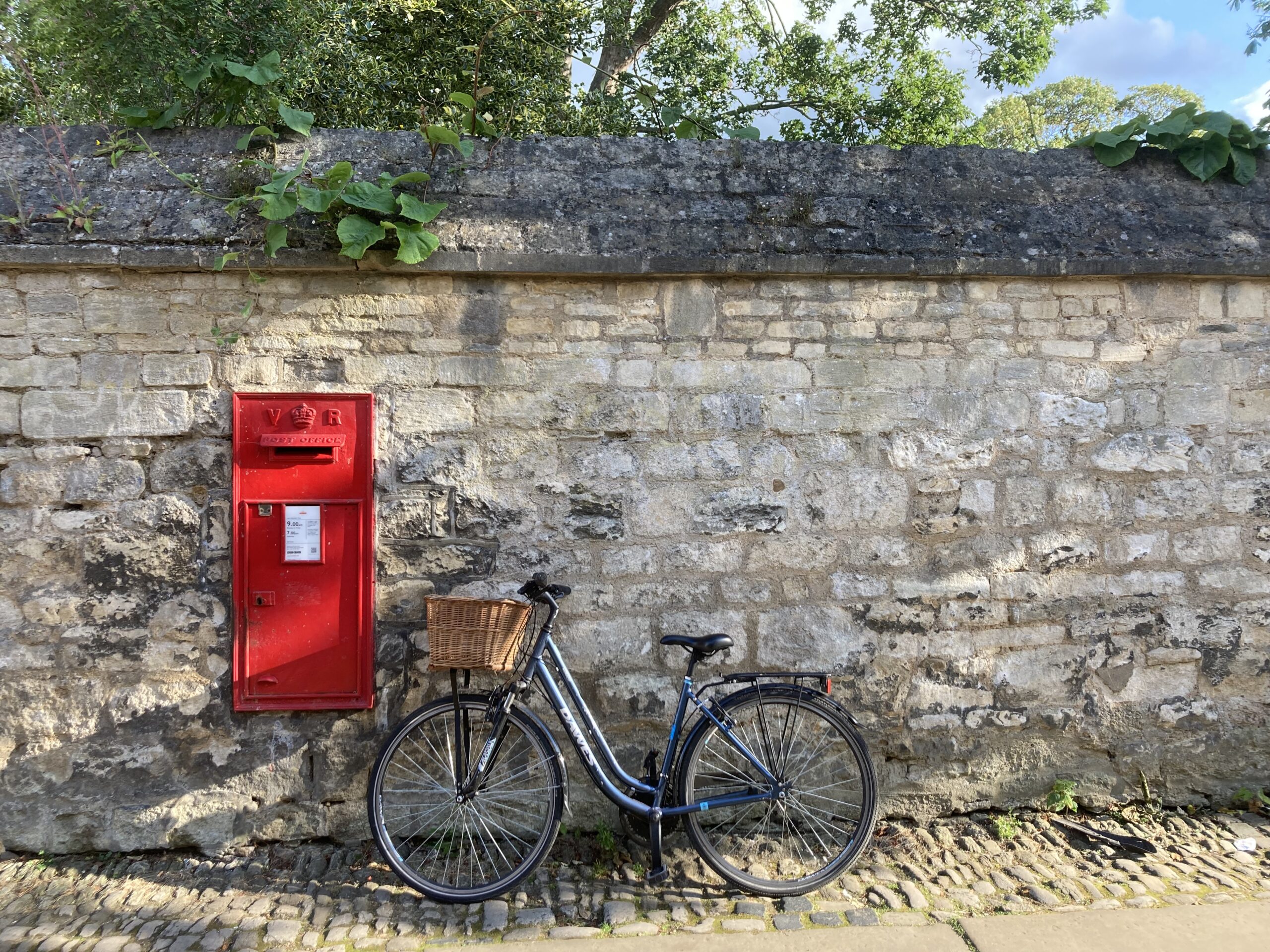
1 Comment
Join the discussion and tell us your opinion.
This is one of my absolute favourite efforts of The Oxford Sausage. Thank you.